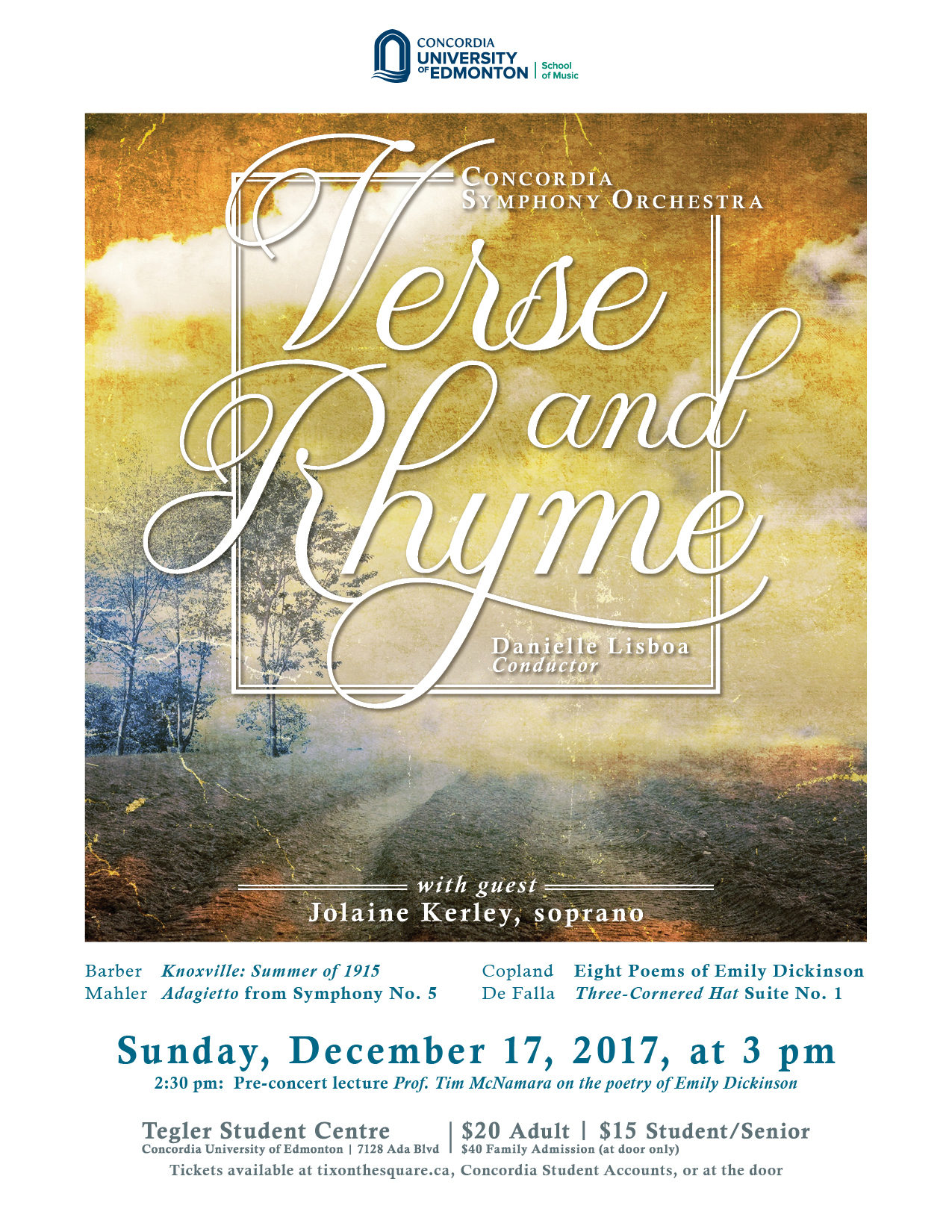
The questionnaire was designed based on research and extensive consultations with data users. The target population for the 2020 General Social Survey is all non-institutionalized persons and non-residents of First Nations reserves 15 years of age or older, living in the 10 provinces of Canada.

Gss codebook 2016 series#
The report assumes what would happen to poverty if a similar, or the same, basket of goods defined in 2012/13 was consumed in 2005//17, and the same methodology was used to derive deflators for 2005//17 to deflate the consumption per capita adult equivalent expenditure.The two primary objectives of the General Social Survey are to gather data on social trends in order to monitor changes in the living conditions and well-being of Canadians over time, and to provide information on specific social policy issues of current or emerging interest.ĭata release - Septem(First in a series of releases for this reference period.) The current survey uses the 2012/13 basket. The method used to estimate poverty rates in this report is identical to that used in the last two surveys, thus making it possible to compare poverty rates over time. This report is based on the seventh round of the Ghana Living Standards Survey (GLSS7) conducted in 2016/17. To address these, reliable information is required to develop and implement policies that would have an impact on the lives of the poor and vulnerable. The impact of the different factors could combine to keep households, and sometimes whole communities, in abject poverty. Poverty has many dimensions and is characterized by low income, malnutrition, ill-health, illiteracy, and insecurity, among others.
Gss codebook 2016 free#
Several social intervention programs, including the Livelihood Empowerment Against Poverty (LEAP), Capitation Grant and School Feeding Programme, and now the Free Senior High School Programme started in 2017, have been implemented with the aim of alleviating poverty among the vulnerable population. However, it remains to be seen whether this growth has benefitted all sections of society, including the poorest.

Economic growth decreased thereafter to a low of 3.7 percent in 2016 but increased in 2017. Since the fifth round of the Ghana Living Standards Survey (GLSS5) in 2005, the Ghanaian economy benefited from the production of crude oil in commercial quantities and strong economic growth in 2011, leading to the achievement of lower-middle-income status for the country. The data also allow for decomposition of poverty changes between different groupings: urban/rural, locality, region, and socioeconomic status. The survey provides the required data at the regional and urban/rural levels for examining poverty and associated indicators for households and the population. Monitoring poverty is an essential part of the struggle to end it. It has, over the years, served as one of the primary tools used in monitoring progress on poverty reduction strategies in the country. The GLSS has been useful to policy makers and other stakeholders as it provides timely and reliable information about trends in poverty and helps identify priority areas for policy interventions that aim at improving the lives of the population. Abstract Since 1987, the Ghana Statistical Service (GSS) has been conducting the Ghana Living Standards Survey (GLSS) with the aim of measuring the living conditions and well-being of the population.


 0 kommentar(er)
0 kommentar(er)
